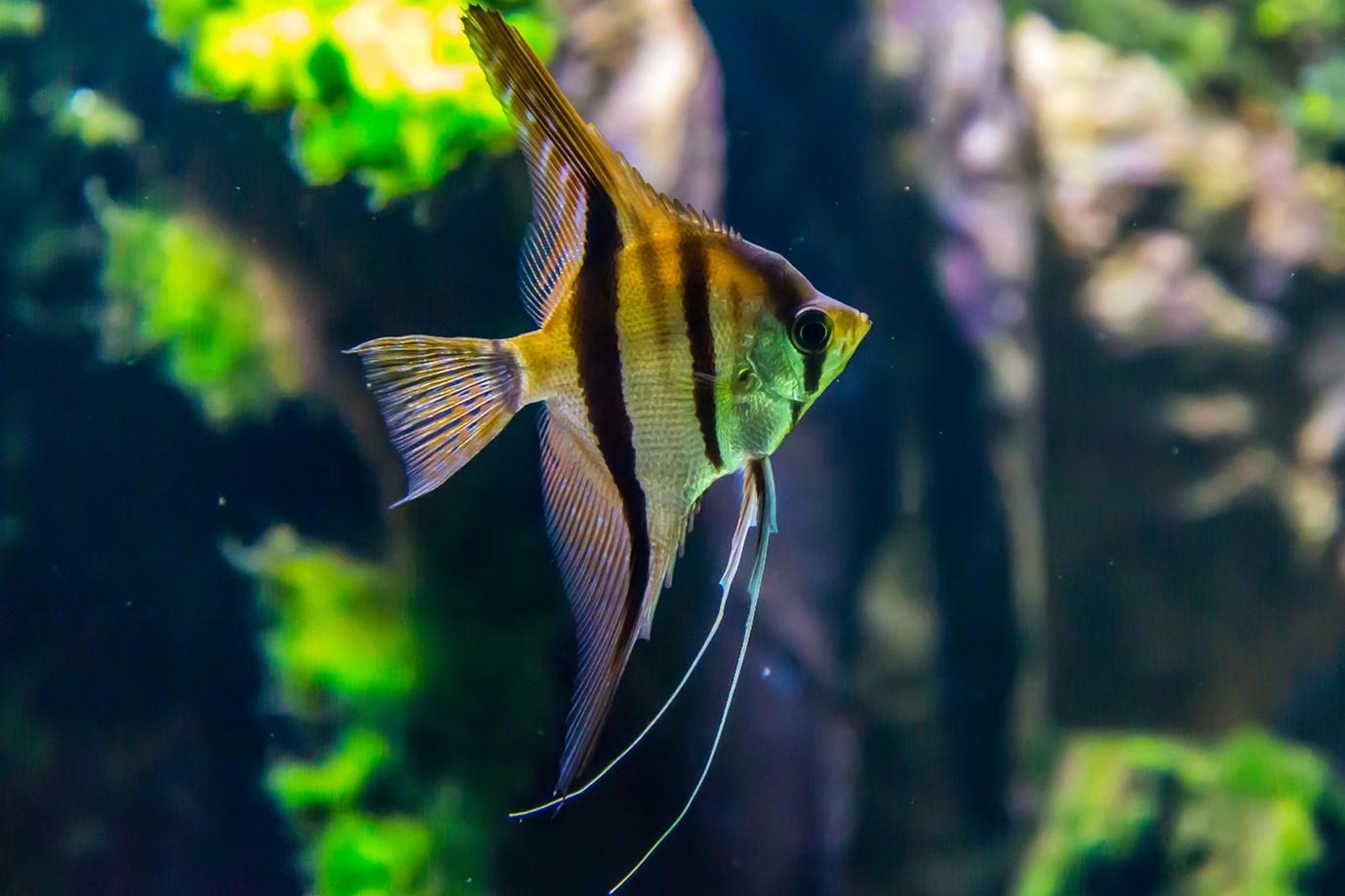In the intricate world of aquarium keeping, every choice made, no matter how seemingly trivial, can significantly impact the well-being of aquatic inhabitants. Among these decisions, the selection of aquarium substrate stands as a crucial consideration. This article dives deep into the realm of aquarium gravel, exploring its functionalities, impact on fish health, cleaning nuances, and the delicate balance between aesthetics and practicality.
Types of Aquarium Gravel
Natural Gravel: Pros and Cons
Natural aquarium gravel, sourced from riverbeds or quarries, provides a rustic, authentic look. Its porous nature fosters the growth of beneficial bacteria, integral for biological filtration. However, its varied composition demands careful selection to avoid sharp edges that might harm delicate fish.
Colored and Coated Gravel: Aesthetic Appeal vs. Practicality
Colored and coated gravel options add a vibrant aesthetic touch to aquariums. While visually appealing, aquarists need to be mindful of the quality and safety of these coatings. Poorly coated gravel can deteriorate over time, affecting water quality.
Why Does Aquarium Gravel Turn Black?
In the intricate world of aquarium design, the choice of substrate transcends mere aesthetics; it profoundly impacts the health and behavior of aquatic life. Aquarium gravel, with its multifaceted functionalities, offers a delicate balance between practicality and visual allure. By understanding the nuances of gravel types, fostering beneficial bacteria, promoting plant growth, and ensuring fish comfort, aquarists create vibrant underwater ecosystems. Thoughtful aquascaping not only enriches the aquarium’s appearance but also fosters a thriving environment where fish flourish, showcasing the delicate art of harmonizing nature with design.
Functionality of Aquarium Gravel
Biological Filtration: Beneficial Bacteria Colonization
Aquarium gravel serves as a haven for beneficial bacteria essential for biological filtration. These microorganisms break down toxins, ensuring a stable and healthy aquatic environment. The surface area provided by gravel promotes the colonization of these bacteria, aiding in the nitrogen cycle.
Facilitating Plant Growth: Root Establishment and Nutrient Absorption
For planted aquariums, gravel acts as a substrate that supports plant roots. Nutrients can be absorbed, and plants can anchor securely, fostering lush, green aquatic landscapes. Careful consideration of plant species and their substrate requirements is essential for successful cultivation.
Considerations for Fish Health
Substrate Size: Preventing Injuries and Stress
Selecting an appropriate gravel size is paramount. Too large gravel can trap food particles, leading to debris buildup, while excessively small gravel can be ingested by fish, causing health issues. Finding a middle ground ensures fish can forage naturally without compromising their well-being.
Compatibility with Bottom-Dwelling Fish: Ensuring Comfort and Safety
Bottom-dwelling fish, such as catfish and loaches, require a substrate that won’t harm their delicate barbels. Smooth, rounded gravel minimizes abrasion, ensuring these species can exhibit natural behaviors without injury.
Cleaning and Maintenance
Vacuuming Techniques: Removing Debris Without Disturbing the Substrate
Regular cleaning is essential for maintaining water clarity. Gravel vacuuming techniques, employing gentle suction, help remove debris without disrupting the substrate. This process ensures cleanliness without causing stress to the aquarium’s inhabitants.
Preventing Compaction: Ensuring Proper Water Circulation
Over time, gravel can become compacted, hindering water circulation and root growth in plants. Regularly fluffing the gravel during routine maintenance prevents compaction, maintaining a healthy aquatic ecosystem.
Aquascaping and Aesthetics
Creating Natural-Looking Habitats: Mimicking Underwater Environments
Aquascaping enthusiasts often opt for gravel to recreate natural underwater landscapes. Careful arrangement of differently sized gravel pieces, along with decorative elements, mimics riverbeds or ocean floors, enhancing the visual appeal of the aquarium.
Enhancing Fish Colors: Contrasting Gravel Shades for Visual Impact
Contrasting gravel shades can enhance the vibrant colors of aquarium fish. Light-colored gravel can accentuate the brilliance of brightly hued fish species, creating a stunning visual impact. Thoughtful color choices add depth and dimension to the aquatic environment.
Alternative Substrate Options
Sand Substrate: Softness and Natural Behavior Encouragement
Sand substrate provides a soft, natural feel, encouraging natural digging and foraging behaviors in fish. Certain species, such as cichlids and rays, thrive in sand-bottomed aquariums. However, proper cleaning techniques are crucial to prevent sand compaction.
Soil-Based Substrates: Enriching Plant Growth and Nutrient Availability
Soil-based substrates offer a nutrient-rich environment for aquatic plants. Enriched with essential nutrients, these substrates promote robust plant growth. However, careful consideration of water parameters and plant species compatibility is necessary when using soil-based substrates.
Common Mistakes to Avoid
Overlooking Substrate Depth: Ensuring Adequate Coverage
Insufficient substrate depth can lead to plant instability and inadequate beneficial bacteria colonization. Aiming for a substrate depth of at least 2 to 3 inches provides ample space for root growth and bacterial activities, fostering a healthy aquarium ecosystem.
Using Sharp or Abrasive Gravel: Preventing Fish Injuries
Aquarists must avoid sharp or abrasive gravel that can injure fish. Thoroughly inspecting gravel pieces before introduction and opting for rounded, smooth textures prevent harm to fish, ensuring their safety and well-being.
Conclusion
In the meticulous world of aquarium design, the choice of substrate transcends mere aesthetics; it profoundly impacts the health and behavior of aquatic life. Aquarium gravel, with its multifaceted functionalities, offers a delicate balance between practicality and visual allure. By understanding the nuances of gravel types, fostering beneficial bacteria, promoting plant growth, and ensuring fish comfort, aquarists create vibrant underwater ecosystems. Thoughtful aquascaping not only enriches the aquarium’s appearance but also fosters a thriving environment where fish flourish, showcasing the delicate art of harmonizing nature with design.



